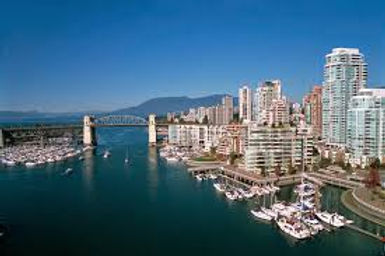

Alaska
Geography
You have dreamed of ten active volcanoes, three-million lakes and six regions well that dream turned into reality. Come and discover the wonders of Alaska. We will be exploring the sites and seas, the heights of the mountain ranges and Alaska’s ups and downs over the year since the Gold Rush to the Exxon Valdez.


Basic Facts
Alaska is located in the Northwest and borders Canada. Alaska in square miles is 663,267 meters squared and is the the largest state compared to other states in the United States. Alaska ranks 47th of the population which holds 710,231 residents. The capital is Juneau and is located in the Southeast and holds 30,737 residents. The major cities are Anchorage and the Fairbanks and are located in the Northwest and the Northeast and their population holds 278,700 and 31,142 residents.
Climate
Alaska’s July temperature is 58F and 14C and the January temperature is 16F and 90C. The highest temperature in Alaska is 100F and 38C and the lowest temperature is -80F and -62C. There are 16 inches of rainfall in Alaska and the climate is affected by the sea. Due to Alaska’s size the weather changes dramatically and the ocean winds help to keep the temperatures fairly moderated.


The North Sope is the Land of the Midnight Sun and is in the Arctic Circle. The majority is tundra and permafrost is everywhere. Due to permafrost the ground is so hard rain cannot soaked in. There are short summers and millions of migrating animals. Southcentral Alaska includes Anchorage, Alaska’s biggest city, and also includes the biggest National Park in the United States. There are 10 active volcanoes in the region and includes the majority of Alaska's glaciers.
Western Alaska includes Kodiak Island which is the second largest island. There are 3,000 of lakes big and small, including the Yukon River. Their are high levels of volcanic activity in Western Alaska including Mt. Pavlof which has erupted a total of forty times.
Southeastern Alaska includes the Panhandle which has narrow strips of islands, inlets, and peninsulas. It is defined by the shape and flow of water and includes the Inside Passage. Southeastern Alaska has a 15,000 miles of coast line’’. Aleutian Region The Aleutian Archipelago and the Alaska Peninsula extends more than 1,400 miles into the Pacific Ocean. There are ancient volcanoes created by more than 150 islands. The Interior Region is the largest Region in Alaska. Mountains in the Interior creates two borders. There are central uplands and lowlands in the Interior also the Interior rolling hills and large rivers. The Inter includes the tallest mountain range in America which is Mt. Denali and its 20,320 ft. tall’’. Alaska’s July temperature is 58F and 14C and the January temperature is 16F and 90C. The highest temperature in Alaska is 100F and 38C and the lowest temperature is -80F and -62C. There are 16 inches of rainfall in Alaska and the climate is affected by the sea. Due to Alaska’s size the weather changes dramatically and the ocean winds help to keep the temperatures fairly moderated.
There are several mountains in Alaska. Mt. Denali is 20,310 feet and the Denali is located in the Interior. The Alaskan Range is in the south, the brooks range is in the north and the Wangell range is also in the north. Denali rises above 18,000 feet from its base. The Yukon River and the Tanana River are the largest rivers in Alaska. The Yukon and the Tanana both run through the Interior. The Yukon is 1,875 miles and the Tanana is connected to the the Yukon River. The Yukon River is 1,265 miles inside the Interior and the Trans-Alaska pipeline crosses over the Tanana River.
Lake Iliamna is the largest lake in Alaska and is 1,000 square miles 2,590 square kilometers. Lake Iliamna is about two-thirds the size of Rhode Island. The Arctic Ocean and the Pacific Ocean both border Alaska. The Aleutian Archipelago Island is located in the Aleutian Region. There are 150 small island extending more than 1,400 miles into the Pacific Ocean.
Landregions Landforms
Conclusion
There are many wonders of Alaska and I think for the future of Alaska it will always be home to the United States and will always be memorable and cherishable to everyone that lives or visits there. Alaska you will always be in my heart.



